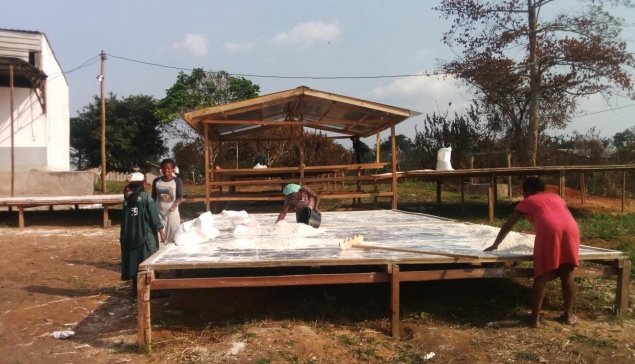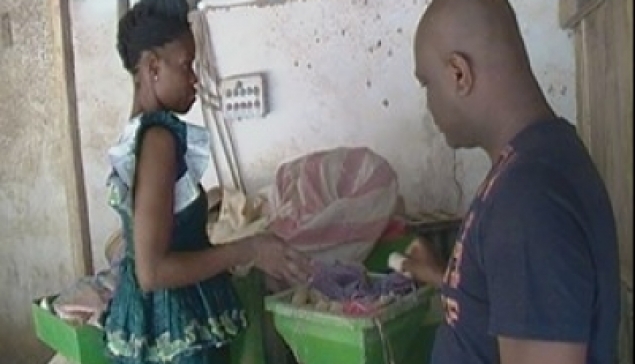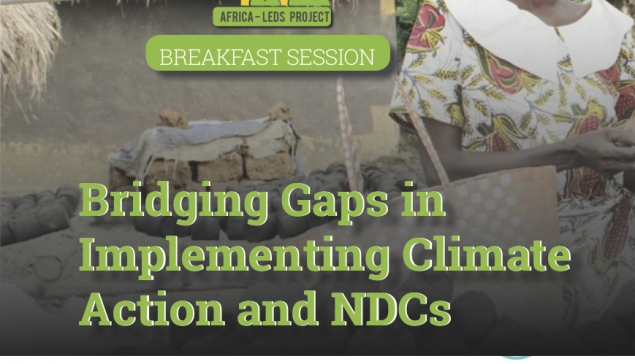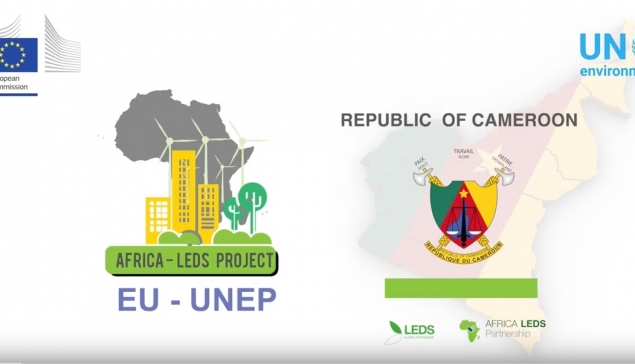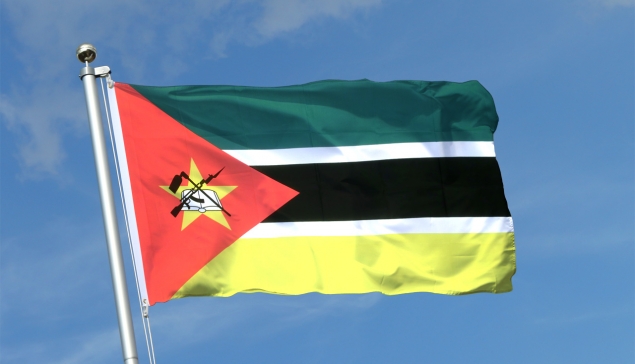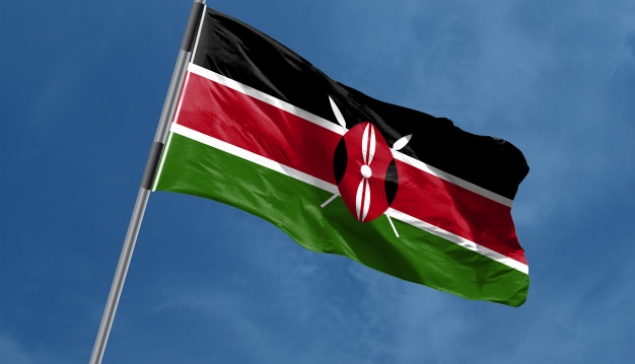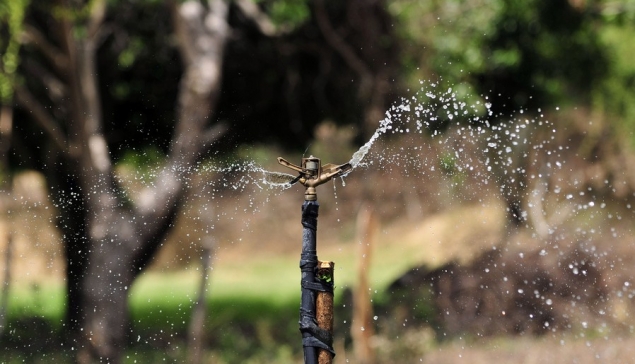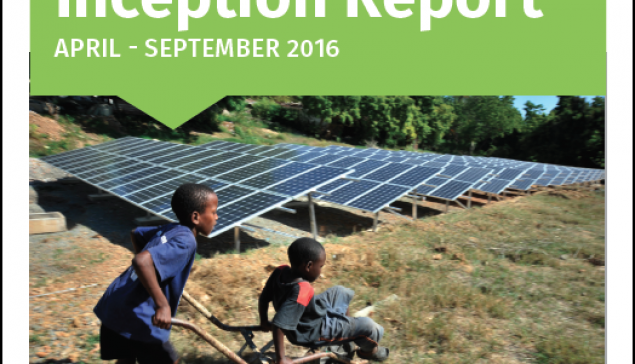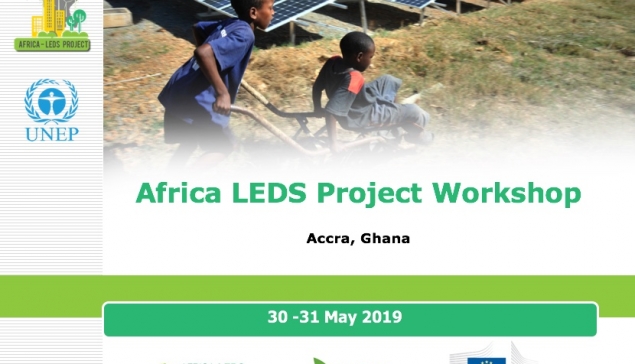Cote d’Ivoire implemented both project components. Under component 1, the ground demonstrations focused on smart rice cultivation practices and rice milling by-products recovery for energy use. Specifically, by-products recovery for energy use refers to conversion of rice husk to fuel briquettes for use as cooking fuel. This process covered NDC priorities in three of the highest emitting sectors in the country – agriculture, energy, and forestry. This pilot addresses forestry because the rice husk briquettes produced offset charcoal and the associated unsustainable local wood harvests. Climate smart rice cultivation pilots were conducted at two sites - Tipadipa and Tietiekou outside of Gagnoa (south-central Côte d’Ivoire). The rice farm pilots plots were 50 hectares in size. Smart practices included rice straw composting (and use as fertilizer), intermittent irrigation (instead of continuous flooding), and the use of higher yielding seedlings and planting techniques. BAU practices include continuous flooding (with high methane emissions), use of mineral fertilizers, and lower yielding seeds and planting techniques. Separately, a rice husk briquetting process at a small woman-operated mill in the town of Gagnoa was also evaluated. Rice husk is a low value by-product left over at a rice mill. Production and local use of rice husk briquettes as a cooking fuel offsets the use of BAU fuels, including charcoal and kerosene. If rice husk briquettes can successfully enter the local market, then lower demand for charcoal will support recovery of local forests. Results were compiled into case studies and shared with the inter-agency policy taskforce which brings all the ministries together including the Ministry of the Environment as the lead.
Under component 2, the country developed an integrated model combining existing tools of the Long-range Energy Alternatives Planning System, Integrated Benefits Calculator (LEAP – IBC), the Ex-Ante Carbon Balance Tool (EX-ACT), the Center for Climate Strategies’ (CCS) LEDS toolkit, and a geographic information system (GIS). This integrated framework was applied to forecast energy, emissions, resources, and socioeconomic impacts of investing in agriculture, biofertilizer, and agricultural by-products-to-energy systems as demonstrated under Component 1. Impacts were extrapolated through 2050 and scaled-up to the national level.
The Africa LEDS project is supporting Low Emissions Development (LEDS) in Africa in the context of respective socio-economic development priorities as stipulated in country development visions & strategies and encapsulated in their respective INDCs. Africa,
Contact Us
Africa Low Emissions Development strategies (Africa-LEDS)
United Nations Environment Programme (UNEP)
Africa Office
P.O. Box 30552 00100
Nairobi, Kenya
Email: info@africaleds.org



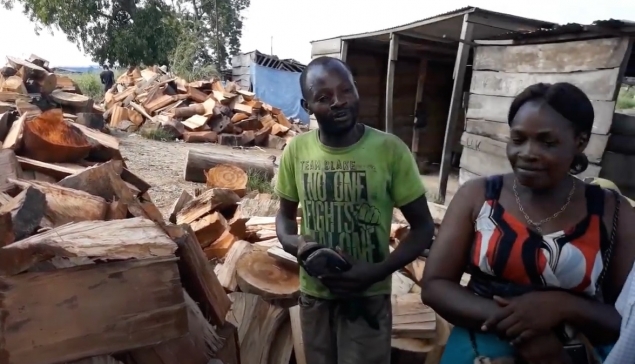
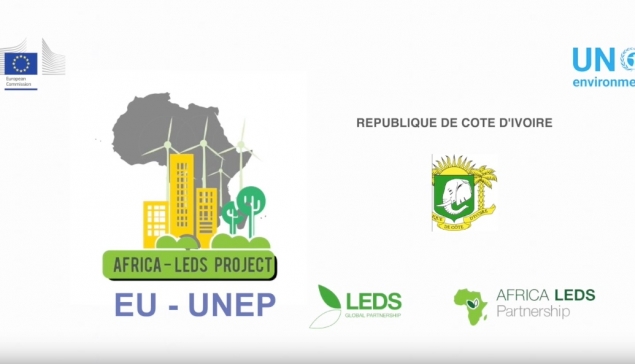
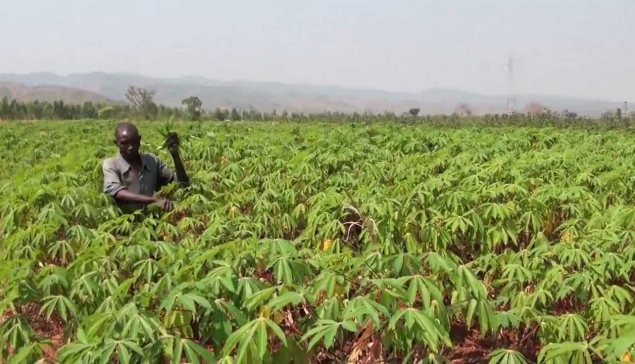

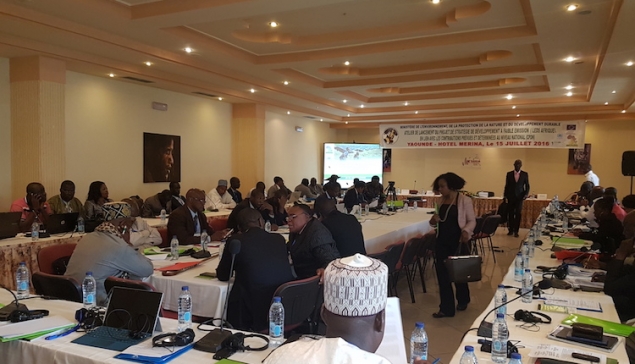
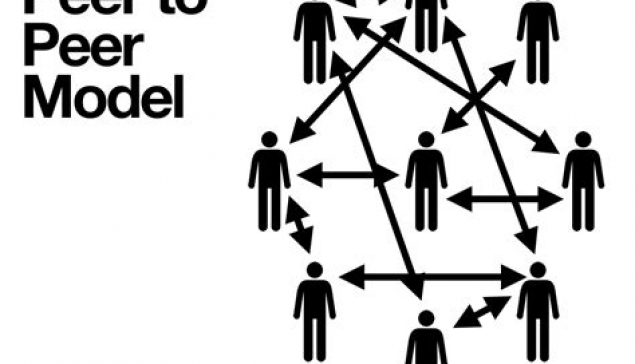



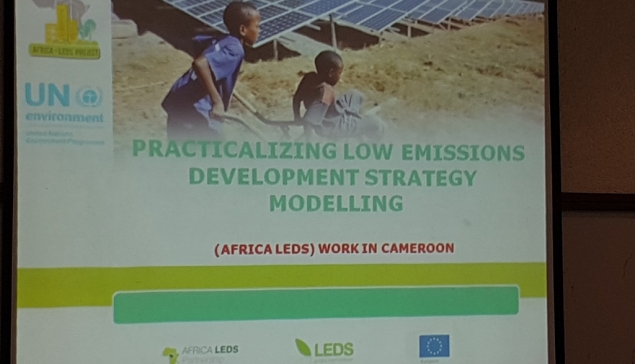


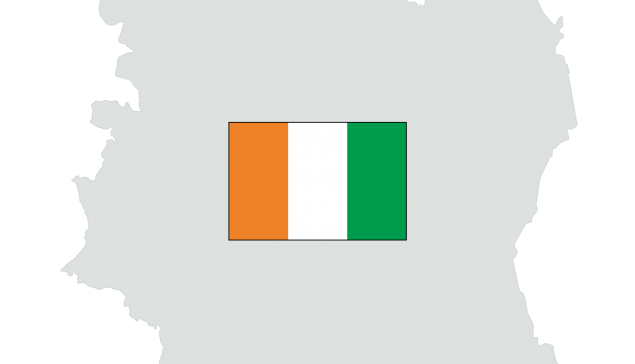


_large.jpg)

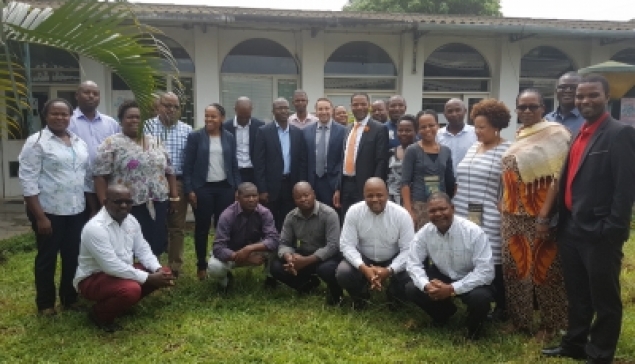

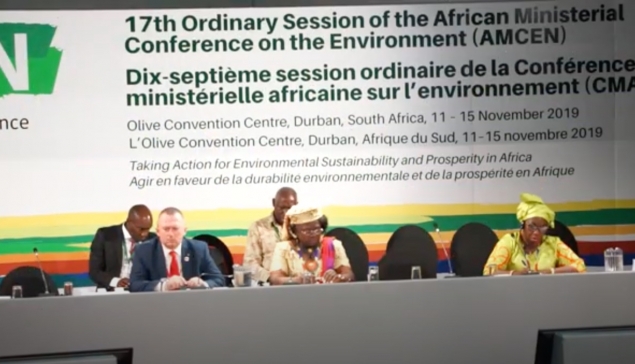

_large.jpg)
